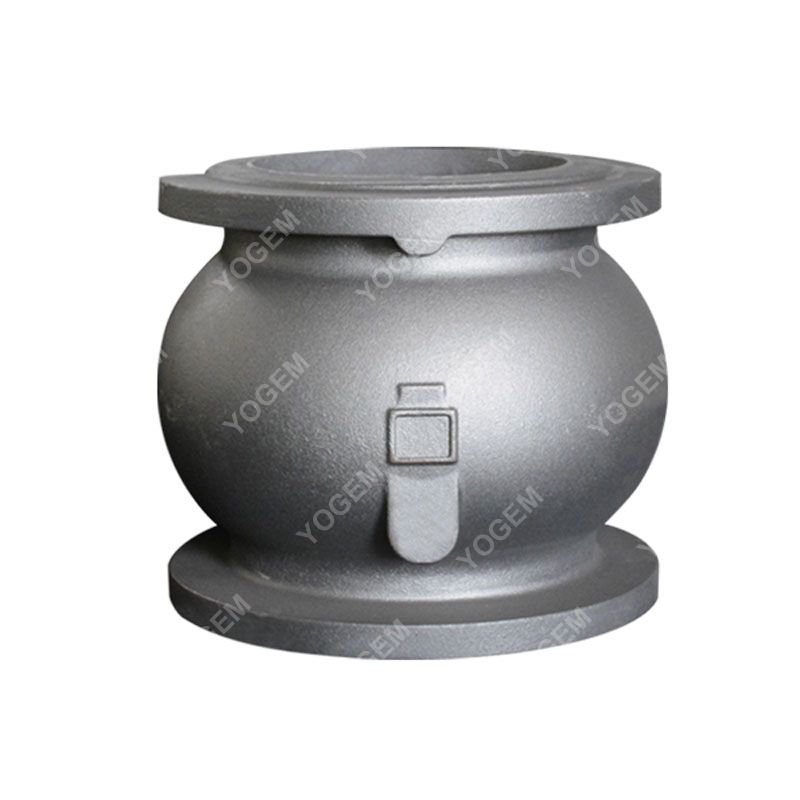Welcome to a comprehensive guide on Quality Control and Inspection Techniques for Grey Iron Casting. In the world of industrial manufacturing, precision and quality are paramount. Grey iron casting, a widely used method, demands stringent quality control to ensure the production of high-quality components. In this article, we delve into the intricate details of the techniques that elevate the quality and precision of grey iron casting.

Grey iron casting involves the melting of iron and the pouring of the molten metal into molds to create intricate shapes. However, the key to success lies in the quality of the final product.
One crucial aspect of quality control is the thorough analysis of the chemical composition of the iron. The foundational elements must be present in precise proportions to ensure optimal casting properties. Modern techniques, such as spectroscopy and X-ray fluorescence, provide accurate insights into the material's composition, leaving no room for errors.
Creating a flawless casting begins with meticulous mold preparation. The mold serves as the canvas for the molten iron, shaping the final product.
Investing in precision mold design is paramount. Utilizing advanced computer-aided design (CAD) tools ensures the creation of intricate molds that mirror the desired components accurately. This precision eliminates the need for excessive post-casting adjustments, saving time and resources.
Selecting the right material for molds is crucial. High-quality sand molds, often bonded with clay, provide the necessary flexibility and strength to withstand the intense heat of molten iron. Rigorous testing of mold materials guarantees longevity and consistent results.
The pouring stage is the heartbeat of Grey Cast Iron Casting. Employing advanced pouring techniques enhances the overall quality of the casting.
Controlling the temperature during pouring is a fine art. Precise temperature monitoring devices ensure that the molten iron maintains the optimal temperature, preventing defects like cold shuts and ensuring a smooth, homogeneous flow into the mold.
The speed and consistency of the pouring process significantly impact the final product. Modern foundries utilize automated pouring systems that guarantee a consistent and controlled flow. This not only enhances efficiency but also minimizes the risk of imperfections.
The true test of quality control lies in the inspection protocols implemented throughout the casting process.
Employing non-destructive testing methods, such as ultrasonic testing and radiography, allows for a thorough examination of the die casting without compromising its integrity. This proactive approach identifies potential flaws before they become critical, ensuring only flawless components reach the next production stage.
Ensuring dimensional accuracy is non-negotiable. Advanced coordinate measuring machines (CMMs) precisely measure the components, guaranteeing conformity to the exact specifications outlined in the design phase.
In the realm of grey iron casting, the pursuit of perfection demands a holistic approach to quality control and inspection. From the chemical composition analysis to the meticulous mold preparation and advanced pouring techniques, every step plays a pivotal role in shaping superior components.
Previous: Aluminum-copper Master Alloy-AlCu50
Next: None.
Copyright:@2020-2021
Comments Please sign in or sign up to post.
0
0 of 500 characters used